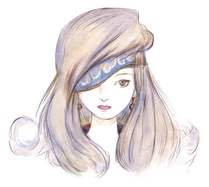 Picture courtesy of Square-Enix and Final Fantasy IX. Picture courtesy of Square-Enix and Final Fantasy IX. One of the greatest elements in the Final Fantasy series is story, and what story could be complete without a redemption arc. There are many times throughout the series when a character believed to have good intentions shifts to reveal themselves as a self-serving psychopath. The converse is true, as well. Sometimes a character starts out on the path of villainy, but the story leads them out of the darkness into the light of the heroic. In Final Fantasy IX, this is Beatrix’s story. As leader of the Alexandrian all-female army, General Beatrix stands as the epitome of both respect and ruthlessness. A feared warrior on the field of battle, Beatrix boasts numerous kills, and she’s not modest about it. When she first confronts Zidane’s party in Burmecia, she mocks them, calling them insects before using her Seiken skills to knock them all out. Beatrix is a capable and well-respected leader, as shown during the Alexandrian led attacks on Burmecia, Cleyra, and Lindblum. In a matter of days, the army of Alexandria manages to seize control of the entire Mist Continent, all under Beatrix’s leadership. It would seem her ruthlessness knows no bounds, however even the worst Final Fantasy villain can show another side. While Beatrix shows allegiance to her Queen Brahne, the first seeds of doubt appear in her thinking following the catastrophic destruction at Cleyra. Beatrix begins to question the queen’s use of black mages and powerful Eidolons rather than her own well-trained army. When Queen Brahne threatens to hang Princess Garnet, an incomprehensible act in Beatrix’s eyes, all bets are off. Beatrix, seeing how far off the rails her queen has become, defies orders and defends Princess Garnet instead. Garnet escapes Alexandria with Beatrix leading the charge away from her. The good general stays behind along with Freya and Steiner so her princess can escape, and for a time, Beatrix disappears from the story, her fate unknown. After Queen Brahne dies as a result of Kuja’s summoning of Bahamut, Princess Garnet is crowned Queen back in Alexandria. Beatrix awaits her to resume her role as protector and general of the Alexandrian army, almost as if no doubt ever existed that she would fail. The ruthlessness she’s shown in the past is no longer a part of her personality, but she remains a cool, stalwart presence. She shows some remorse for her actions at Cleyra and Burmecia, and she seeks redemption again when Bahamut and Kuja come to Alexandria. Once again, Beatrix takes to arms and fights for her city. By game’s end, Beatrix becomes no less of the leader she has been, but evidence of her redemption is obvious when she flies the Red Rose to the Iifa Tree in Zidane’s defense. She is the familiar, strong presence she’s always been, but without the cruelty. After the dust settles following the final battle, Queen Garnet returns to Alexandria, and while Beatrix goes with her, she doesn’t have any intention of staying. She relinquishes her sword, Save the Queen, and leaves the castle. Of course, Final Fantasy IX is a romance, and as such, Steiner awaits Beatrix as she leaves. He asks her to stay, and Beatrix agrees. Her story ends with her holding Save the Queen jointly with Steiner. Very little is known about Beatrix and her past. According to Wikipedia, Beatrix came from a middle class family in Treno, however I cannot find where to confirm that in game. No matter, Beatrix’s actions speak for themselves. She begins as a true villain, a warrior to be feared for her power, and hated for her ruthless behavior. Unlike some Final Fantasy villains, Beatrix turns it around. Her power, once feared, turns into a beacon of hope for the story and players alike.
0 Comments
Over the weekend, rumors began to circulate over the Internet regarding the release date of Final Fantasy XV, the long awaited RPG by Square-Enix. Gamestop employees posted pictures of 11.29.16 labels they were instructed to place over the recently announced 09.30.16 date on in-store displays. I've been patiently awaiting Final Fantasy XV since I first saw the trailer way back in 2006, but I didn't want to believe the rumors... Until today, when Director Hajime Tabata announced the rumors were true. Final Fantasy XV has been delayed despite the huge announcement being made for the September release. In a YouTube video (see below (close captioned for English)), Tabata revealed the game is in fact complete, and a 30 minute gameplay video will be released tomorrow. Despite this, the game would need a Day One patch in order to bring the highest quality to everyone buying the game. Since not everyone can connect to the internet, Tabata made the decision to hold back the release date to insure the patch isn't needed. Personally, I have to give both Square-Enix and Tabata a massive thumbs up for posting this video. For one, they didn't have to say anything, so thank you for respecting your fans and being transparent. Secondly, it's pretty awesome to hear from the game director that he wants to ensure his product is the best it can be for everyone, not just those who can internet.
Hey fans, we've been waiting for over a decade for this game. Some of us were mere children when you first heard about it. Another couple months won't kill us. 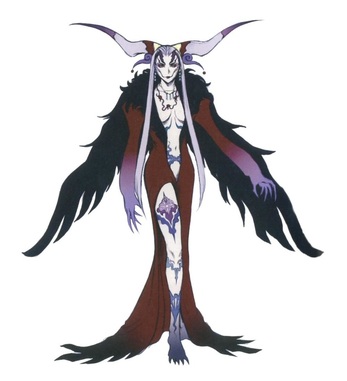 Picture courtesy of Tetsuya Nomura and Square-Enix Final Fantasy VIII. Picture courtesy of Tetsuya Nomura and Square-Enix Final Fantasy VIII. In the world of Final Fantasy VIII, the sorceress plays an important role. Descended from the Great Hyne, a sorceress possesses a fraction of Hyne’s godlike powers and is able to use magic without the aid of Guardian Forces. A sorceress is either born with her power, or it is gifted to her by another sorceress at the time of her death. It’s unclear where Ultimecia received her power from, but she has a tank load, and her power is amplified by her use of junctioning. Junctioning, a sort of telepathic link with another person or creature, is a game play mechanic as well as an important story element. In normal humans, junctioning with Guardian Forces allows them to use magic and augment their physical abilities. Alternately, Ultimecia can junction with other sorceresses regardless of their placement in time. Once she has junctioned with the other sorceress, she has complete control over their actions and magic. From the moment Edea is first mentioned, it’s important to remember Ultimecia is the one driving her. The main question is why. Power. Ultimecia’s endgame is to achieve Time Compression. By traveling far enough back in time, she can pull all eras together into one, resulting in the death of all living creatures except for herself. Most of the events during the game propel her towards this end, but this still doesn’t answer the question of why she’s doing this. It’s because of this motive that leaves many scratching their heads at the end of the game, struggling to accept a main villain who has no depth. 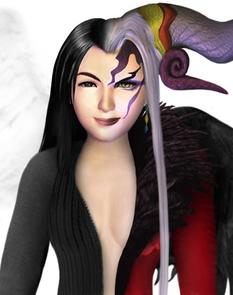 Picture courtesy of Square-Enix and source unknown. Picture courtesy of Square-Enix and source unknown. This couldn’t be further from the truth, although it takes some digging to get there. One of the most argued theories about Ultimecia is that she is an older version of Rinoa Heartilly, a main character and known sorceress. Rinoa is Squall’s love interest, and she struggles with her own role as a sorceress, not to mention receiving powers from Adel, Edea, and Ultimecia on top of being mind-controlled. This bombardment of magical energies could very well cause Rinoa to snap and become the cruel and power-hungry Ultimecia. The Guardian Force Ultimecia uses during the final fight is none other than Griever, similar to the lion ring of the same name that Squall gives to Rinoa. Ultimecia’s Castle is positioned close to Edea’s orphanage, which shares a close proximity to the field Rinoa promised Squall she would meet him. Time compression could in fact be a means for Ultimecia/Rinoa to return to this one place. I could go on (even might, in a future post), but many dispute this theory citing differences in appearance and motive, not to mention the era Ultimecia comes from. Even if the Rinoa/Ultimecia theory is wrong, there is still depth to Ultimecia’s character. When you take the events of Final Fantasy VIII, namely persecution and imprisonment of sorceresses, you can very well see how that might affect the future. Squall’s SeeD mercenary group is tasked with defeating the sorceress, a direct result of the events in-game. Ultimecia comes from a time where she seeks to escape her destruction as the hands of SeeD, and her desperation in doing so could very well be rooted in years, if not centuries of persecution at the hands of SeeD. The sad realization comes into play at the end of the game when Ultimecia, on the verge of death after her confrontation with Squall, travels back in time and passes her power onto a younger Edea. At the same time, Squall gives the past version of Edea the inspiration of SeeD, thus sparking the chain of events which leads to the persecution and imprisonment of sorceresses. In other words, Ultimecia is a product of her own failures, a victim of her own Time-Loop. In the end, the motives of the main antagonist in Final Fantasy VIII are left up to the player to decide. Ultimecia could be nothing more than a cookie-cutter villain, a final boss for the SeeDs to fight at the end of the game. She could also be someone of great importance, a character who reminds up that our actions in the past could one day haunt us in the future. Either way, she remains one of the most ambiguous characters in the most ambiguous game in the Final Fantasy series. It isn’t very often that we, the players, get to decide the past, present, and future of the characters in a game.
|
General GeekeryVideo Games, Comics, Movies, and Books. I'll talk about it all, and I'll tell you why it's so awesome! Categories
All
Archives
September 2016
|

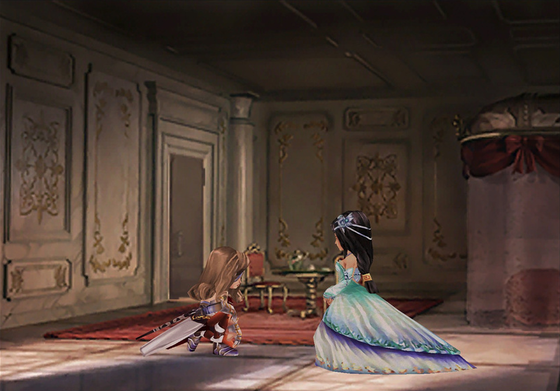
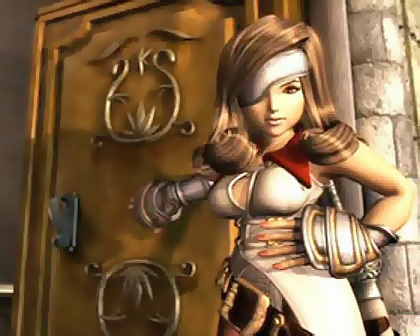
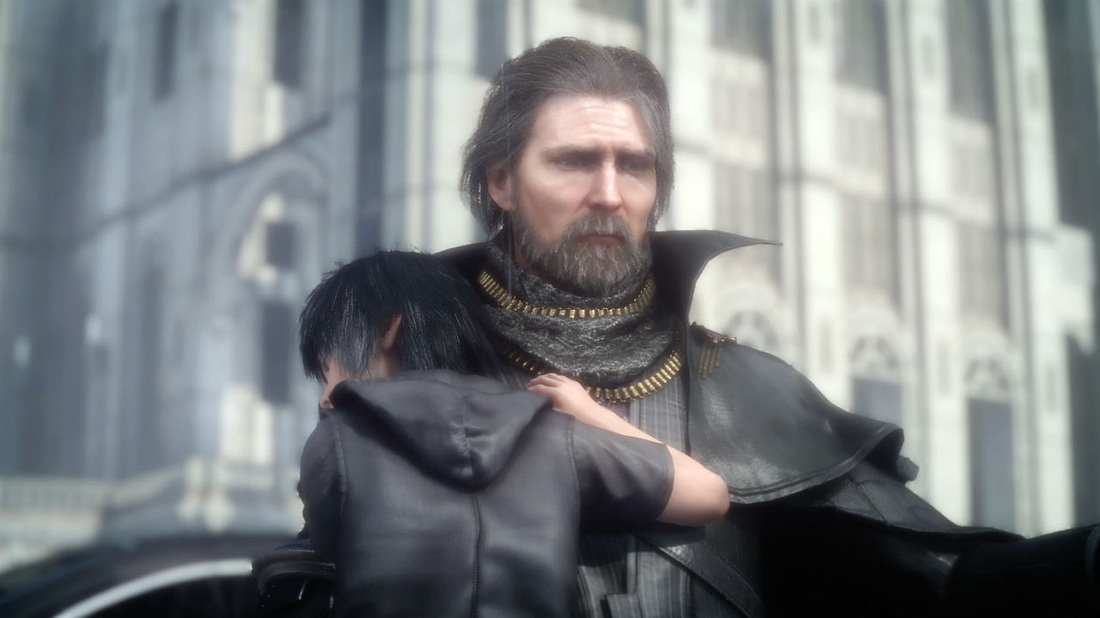
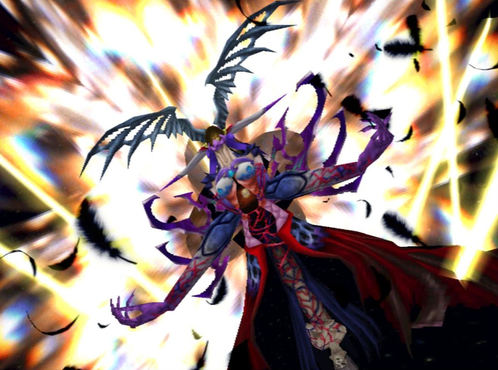
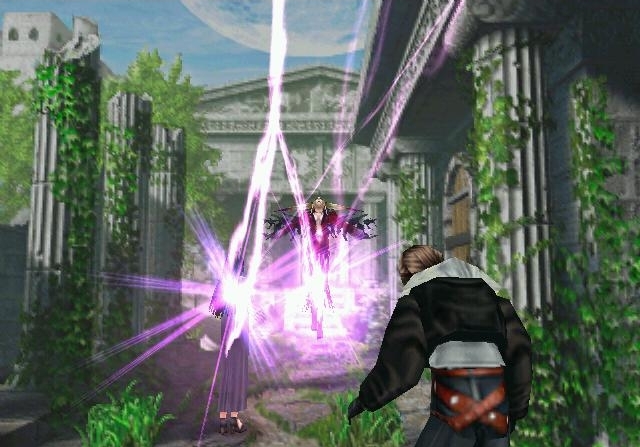

 RSS Feed
RSS Feed
